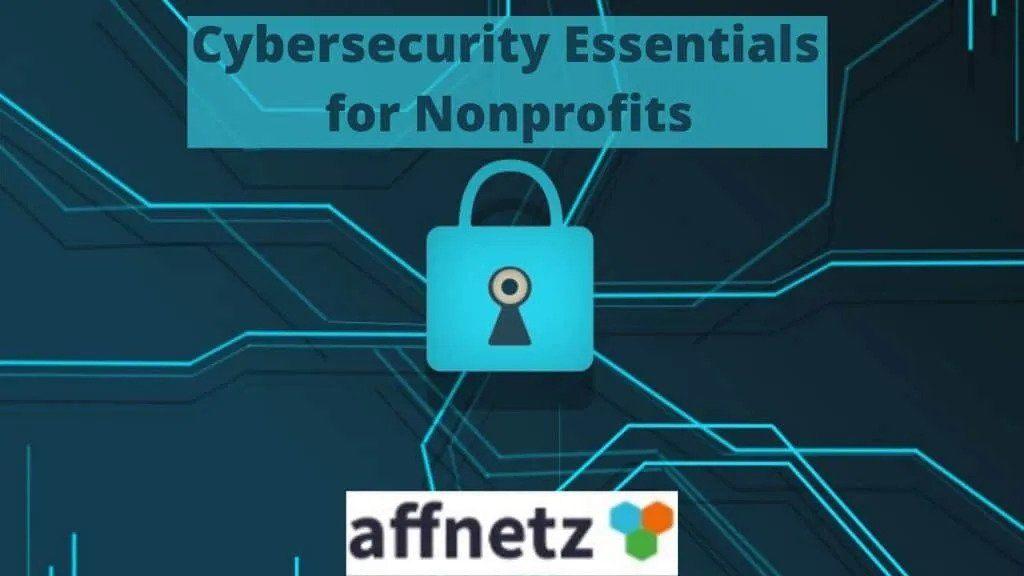Taking steps to leverage a Nonprofit Stakeholder database will yield a greater understanding of constituents. This leads to increased value for all stakeholders.
A Nonprofit Stakeholder is any person or organization affected by the Nonprofit’s mission. Examples are:
Donors
Employees
Volunteers
Board Members
Beneficiaries
Therefore, achievement of the organization’s mission hinges on positive relationships with Stakeholders. Successful Nonprofit organizations take time to identify and craft tailored communications strategies for each of their Stakeholder groups. Targeted messages sent at the right time can have a big impact on the health of those relationships
Creating and maintaining a robust Nonprofit Stakeholder database greatly enhances the organization’s ability to engage with Stakeholders. Advantages of a Nonprofit Stakeholder Database are:
Organize All Stakeholder Information in One Location
In order to leverage a Nonprofit Stakeholder database, all Stakeholders must be in one place. All too often, Nonprofits have separate databases for different Stakeholder types. That means Donors, Employees, Volunteers, Board Members and Beneficiaries exist in separate files. This causes many problems. For example, if a Donor is also a Volunteer, then that person’s information is duplicated, once in the Donor database and again in the Volunteer database.
Captures Multiple Attributes of Each Stakeholder
Using the same example, if the organization does not know the Donor is also a Volunteer, it is difficult to tailor messages to those individuals. An individual might receive one communication as a Donor and another as a Volunteer. This can make the individuals feel like the organization doesn’t really know them. A unified database that tags an individual both as a Donor and Volunteer allows outbound communications to acknowledge that dual status and deliver a better message.
Allows Notes About interactions With Stakeholders
Unifying all Stakeholders in one database enables Customer Relationship Management (CRM) functions. One such function is the ability to capture notes from interactions with Stakeholders. This way, anyone with access to the database can record and read notes about Stakeholders. This strengthens relationships because, in further interactions with Stakeholders like Donors, the Staff member contacting the Donor knows all the information about past contacts.
Integrates With a Blast Email System
If different types of Stakeholders are in different databases, blast emails need to the sourced from multiple sources. This causes inefficiency since different files need to be accessed to create an effective outbound campaign.
Integrates with a Feedback System
Much like blast emails, feedback systems draw from databases. If the Stakeholders are fragmented among multiple databases, process flexibility and efficiency is greatly constrained. When all Stakeholders are consolidated in one database, feedback efforts are much more manageable.
Team/Group Management
With an integrated Stakeholder database, task management software can be deployed for teams and other groups within the organization. The task management software taps the database to quickly document which Stakeholders are in which groups. It also allows tasks to be more easily delegated. Task owners can see all Stakeholders and assign tasks accordingly.
Learning to leverage a Nonprofit Stakeholder database is a key step to take in the effort to better understanding the organization’s critical constituents.



